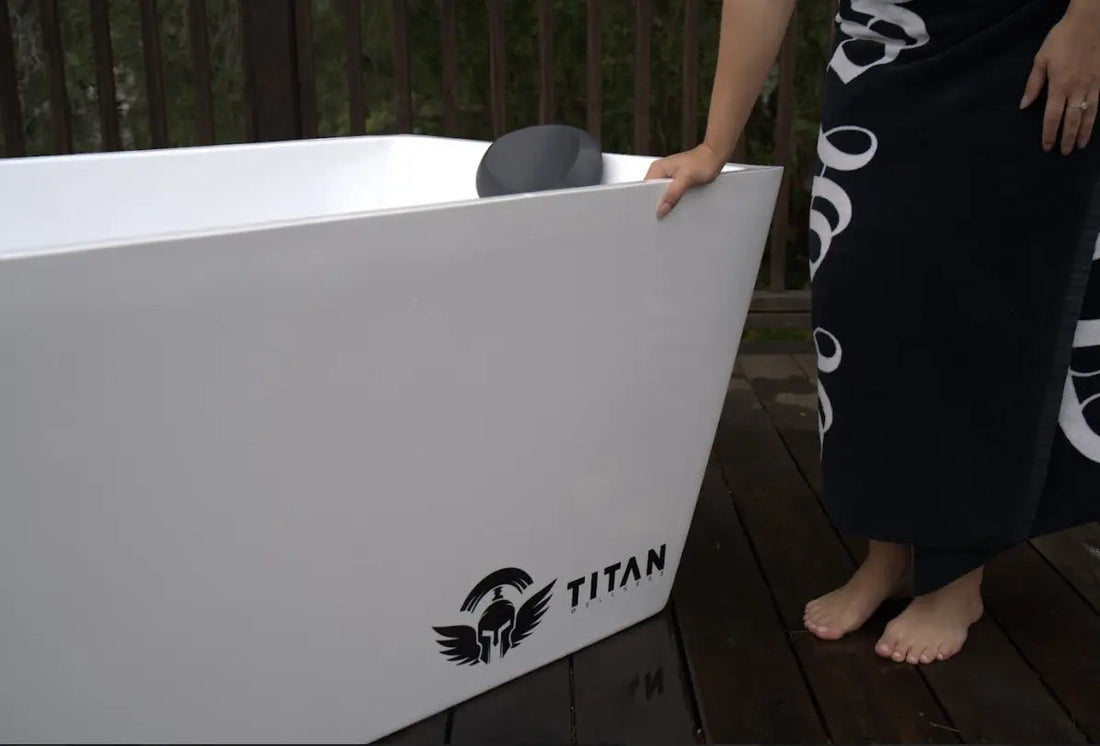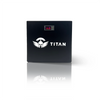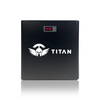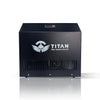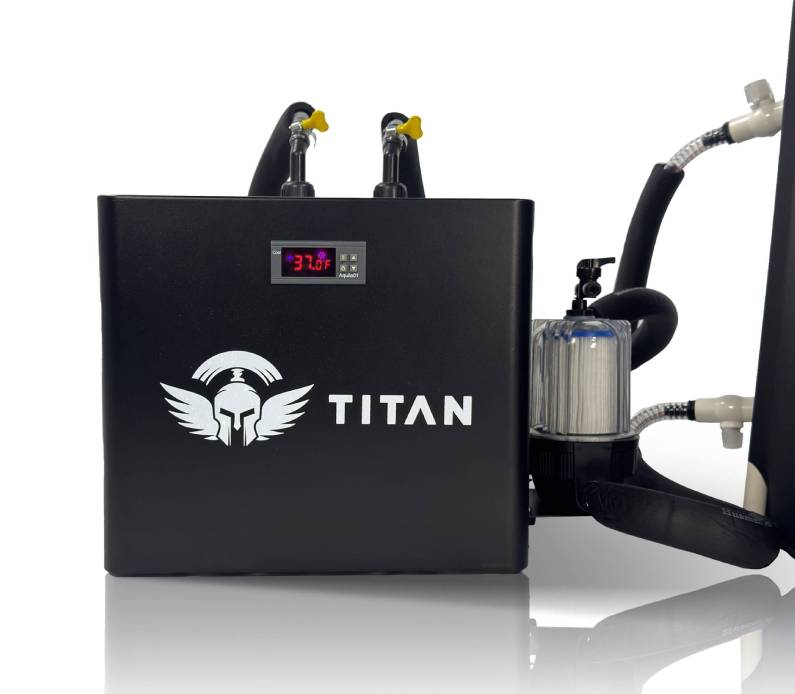
Discover the power of cold water therapy in your own space. Adding a cold plunge to your day can boost your well-being. It can sharpen your mind and speed up your body's recovery.
Thinking about a home cold plunge? It's key to know the benefits and how to use it right. Our detailed checklist will help you set it up safely and effectively. With the right setup, you'll enjoy the cold plunge benefits, like less inflammation and better blood flow.
Our expert tips will help you make a refreshing and energizing experience. It will fit your needs and improve your life quality.
Choose the Location
Choosing the right spot for your cold plunge at home is key for a great experience. You must think about several things to make sure it's both useful and fun.
When picking a spot, consider the space available and how it fits with your home. It could be in your backyard, garage, or bathroom. The spot should be easy to get to and close to where you live.
Electrical access is very important. Your cold plunge needs a steady power source. So, pick a spot near an outlet to avoid any dangers from long cords or needing an electrician.
Having a hose nearby is also key for filling and emptying your cold plunge. Choose a spot close to a water source to make upkeep easier and prevent water damage.
Good spots for a cold plunge at home include:
- Backyards: Great for those with outdoor space, creating a calm and natural setting.
- Garages: Good for those with little outdoor space, providing easy access and protection from the weather.
- Bathrooms: Ideal for indoor use, giving privacy and being close to where you live.
Each spot has its own advantages and disadvantages. For instance, a backyard might need more plumbing and electrical work. But a bathroom might require more space and ventilation.
To get your chosen spot ready, make sure the floor is even and can hold the cold plunge's weight when full. Also, think about drainage and ventilation to avoid moisture problems.
By picking the perfect spot for your cold plunge, you can have a safe, easy, and refreshing home ice bath experience.
Power and Ventilation
To make a safe DIY cold plunge, you need to plan the electrical and ventilation parts well. Knowing the electrical needs of your cold plunge system is key. This ensures it works safely and effectively.
A standard 110V outlet is usually needed for a cold plunge system. But, you must check if your electrical setup can handle it. If you're not sure, it's best to get a licensed electrician to check.
Safety Precautions:
- Ensure GFCI protection to prevent electrical shocks.
- Avoid overloading circuits with other appliances.
- Keep the electrical components away from water to prevent accidents.
Safety Precautions
Your DIY cold plunge must follow strict electrical safety rules. GFCI protection is essential to avoid electrical shocks. Also, keep your cold plunge area free from other electrical devices to avoid accidents.
Good ventilation is also important for safety. It stops condensation from building up, which can cause mold and mildew. Make sure your cold plunge area has good airflow to keep the air clean and prevent moisture problems.
Water In and Out
To keep your cold plunge clean and working well, it's key to know how to fill and drain it right. You can fill it with a garden hose, which is easy to find and use.
Think about where your water comes from. If it's tap water, let it run for a bit to get it to the right temperature. Or, use a hose with a filter to clean out any bad stuff in the water.
Drainage Options:
- A submersible pump can quickly drain the cold plunge.
- You can use a standard drain hose to empty it out.
- For easier draining, think about getting a special cold plunge drainage system.
Keeping the water temperature and quality right is important for a good cold plunge. Always check the water temperature and adjust it if needed. Also, make sure the water is clean by sanitizing it and watching for any contamination.
| Drainage Method | Time to Drain | Effort Level |
|---|---|---|
| Submersible Pump | 10-15 minutes | Low |
| Standard Drain Hose | 30-40 minutes | Moderate |
| Automated Drainage System | 5-10 minutes | Low |
Changing the water often is key to keeping your cold plunge clean and effective. We suggest changing the water every 1-2 weeks, depending on how much you use it. By doing this, your cold plunge will stay a safe and refreshing place.
Temperature Control and Monitoring
To get the most out of your cold water therapy, precise temperature control and monitoring are key. Keeping the ideal temperature is vital for both effectiveness and safety. Your home cold plunge setup must have the right gear to hit and keep the perfect temperature.
A chiller is a must for temperature control in a cold plunge system. It cools the water to the right temperature. When picking a chiller, think about your tub's size and the temperature you want. Some chillers have cool features like digital control and auto shut-off, making things easier.
Key Features of a Chiller:
- Cooling capacity (measured in BTUs)
- Digital temperature control
- Automatic shut-off
- Energy efficiency
You also need a good thermometer to check the water temperature. There are digital and analog thermometers out there. Digital ones give more accurate readings and can link up with control systems for easy temperature tweaks.
| Thermometer Type | Accuracy | Connectivity |
|---|---|---|
| Digital Thermometer | High | Yes, to control systems |
| Analog Thermometer | Medium | No |
When setting up your home cold plunge, think about energy efficiency too. Choose chillers and gear that save energy to cut down on costs.
Investing in a good temperature control and monitoring system makes your cold plunge safe and effective. We suggest talking to a pro to find the best gear for you.
Splash Control and Floor Protection
When you set up a home ice bath or DIY cold plunge, protecting your floor is key. Water splashing can make floors slippery, damage surfaces, and cost a lot to fix. It's important to take steps to prevent this.
To keep your floor safe, use waterproof mats or trays around your cold plunge. They protect your floor and make the area safer. Choose mats or trays that are tough and can handle cold.
There are other ways to cut down on splashing too:
- Place your cold plunge where splashes won't hit sensitive areas.
- Use a splash guard or a partial wall to keep water in the tub.
- Clear the area around your cold plunge of things that could get damaged or cause slips.
Keeping up with maintenance is also key. Check for leaks or damage and fix them fast. Regular cleaning stops mold and mildew from growing, which loves moist places.
By following these tips, you can enjoy your DIY cold plunge or home ice bath safely. It's about making a safe, fun, and lasting wellness routine.
Maintenance and Filter Care
To enjoy the cold plunge benefits for years, regular maintenance is key. This means cleaning and replacing filters, checking electrical connections, and making sure the drainage works right.
Filter Cleaning and Replacement
When you build cold plunge at home, think about the filter system. Clean and replace the filter often to keep the water clean and safe. Follow your manufacturer's advice on when to replace it.
Don't forget to check the cold plunge's electrical connections and the drainage system. Keeping up with these tasks ensures a safe and effective cold plunge experience.
FAQ
What are the benefits of having a home cold plunge setup?
A home cold plunge setup lets you add cold water therapy to your daily life. It helps with physical recovery, mental clarity, and overall health. Cold plunges can reduce inflammation, improve blood flow, and strengthen your immune system.
How do I choose the right location for my cold plunge at home?
When picking a spot for your cold plunge, think about space, electrical access, and hose access. Good spots include backyards, garages, and bathrooms. Make sure the area is flat, well-ventilated, and protected from the weather.
How do I manage water temperature and quality in my home ice bath?
To keep water temperature right, use a chiller or thermometer to keep it between 50°F to 55°F. Change the water often to stop bacteria growth and keep water quality good. You can also use a water treatment system to keep the water clean and safe.
How can I prevent water damage when building a cold plunge at home?
To avoid water damage, use waterproof mats or trays under the cold plunge. Minimize splashing and water spillage. Clean and check the area around the cold plunge often to keep it dry and damage-free.
How often should I change the water in my cold plunge?
Change the water in your cold plunge often to prevent bacteria growth and keep water quality good. How often depends on how much you use it, but change it every 1-3 months as a rule.


 30-Day Hassle-Free Returns
30-Day Hassle-Free Returns

